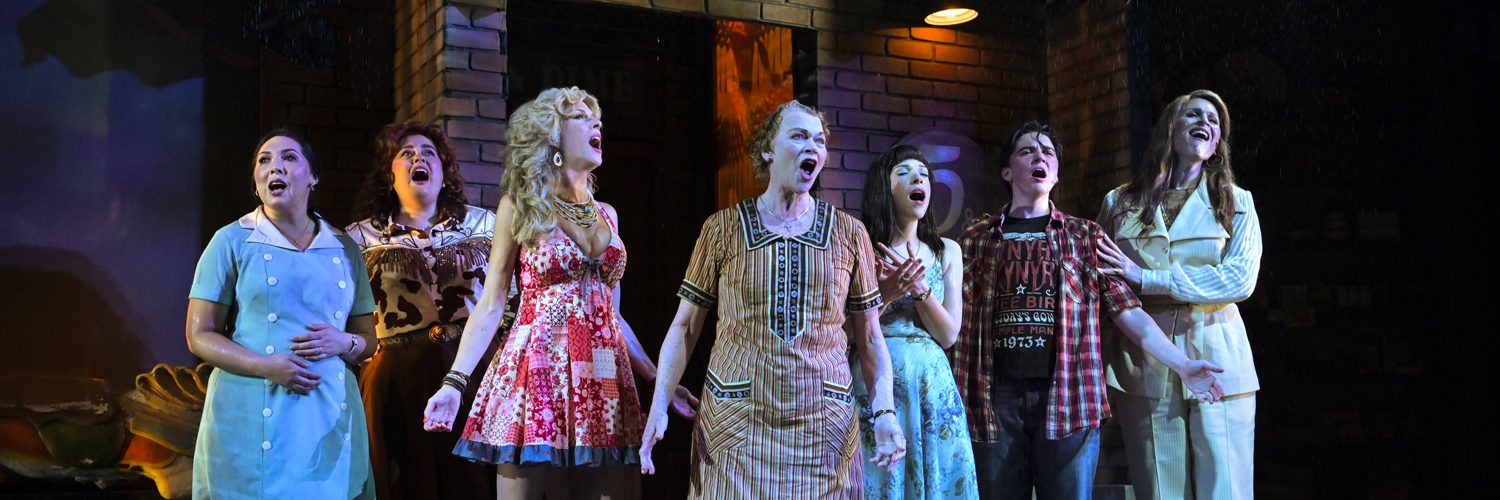
TheatreWorks History
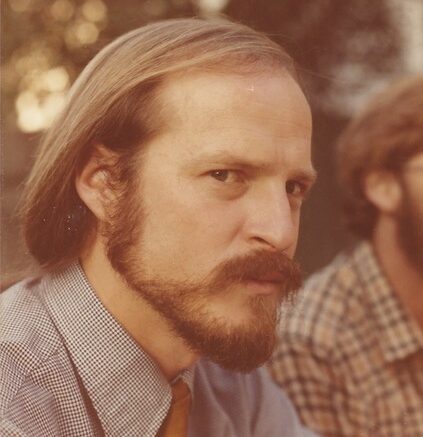
Robert Kelley
Founding Artistic Director
TheatreWorks was founded by Stanford grad Robert Kelley in 1970, charged by the City of Palo Alto with developing new work by local youth in reaction to the unsettled times. The first show, Popcorn, was an original musical highlighting the clash between generations in the community. The company produced 13 original works in its first three years, many of them musicals, playing in parking garages, warehouses, outdoor amphitheatres—wherever space could be found.
1970
As TheatreWorks matured in the 1970s, re-imaginings of Shakespeare and other classics, established plays, and landmark musicals joined the world premieres in the repertoire. Talented artists flocked to the company, attracted by its artistic innovation, its blend of music and drama, and its determination to reflect the diversity of the region on stage. While continuing to perform in unique spaces, the company began producing regularly in Palo Alto’s historic Lucie Stern Theatre.
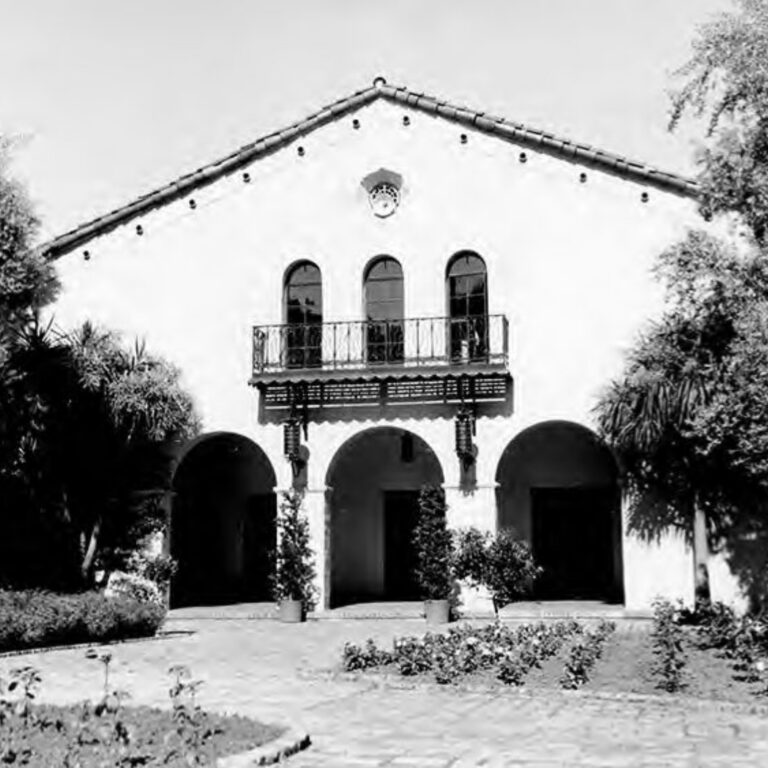
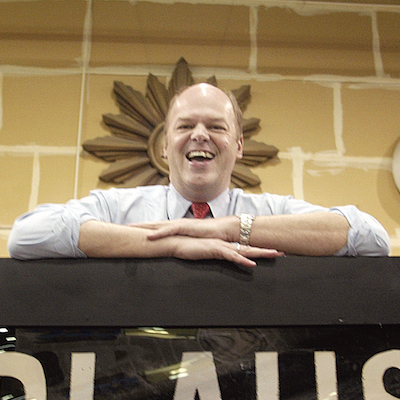
1980
1990
As the 1990s began, TheatreWorks employed a full-time staff of 11, a 16-member Board of Trustees, 5,500 subscribers, and an annual budget of $1.7 million. Over the next decade the company enhanced its reputation for artistic excellence. When the 600-seat Mountain View Center for the Performing Arts opened in 1991, TheatreWorks began producing five mainstage productions there each season, with three shows continuing at the Lucie Stern Theatre. A Stage II series of smaller shows was added, and flourished in a “black box” theatre the company built in Palo Alto. The decade also saw the launch of TheatreWorks’ award-winning Education Program.
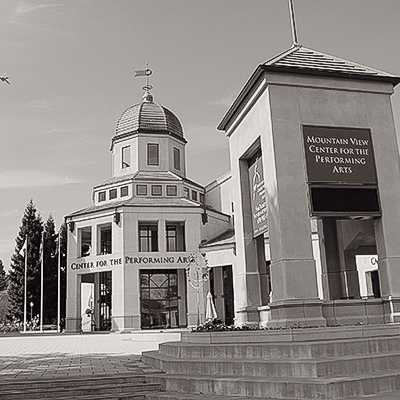

2000
At the turn of the millennium, TheatreWorks had a strong regional profile, 30 full-time staffers, a 20-member Board of Trustees, 8500 subscribers, and an annual budget of $4.5 million. In 2001, determined to expand its commitment to new plays and musicals, the company launched the New Works Initiative. It would eventually include an annual New Works Festival and Writers’ Retreat, developmental workshops, commissions, and many mainstage world premieres, making it central to TheatreWorks’ mission and reputation.
TheatreWorks’ New Works programs have attracted authors and composers of national stature, including Beth Henley, Paul Gordon, Marsha Norman, Rajiv Joseph, Henry Krieger, Stephen Schwartz, Duncan Sheik, Colman Domingo, Joe DiPietro, Jules Feiffer, Andrew Lippa, among many others. Their works, and scores of others developed here, have gone on to many regional, Broadway, and international productions. The 2010 Tony Award-winning musical Memphis was first developed in the Festival, and then premiered at TheatreWorks in 2004. Stephen Schwartz’ new musical The Prince of Egypt had its world premiere here in 2017 and will debuted London’s West End in early 2020. TheatreWorks presented its Paul Gordon’s Pride and Prejudice, the company’s 70th world premiere ,in December 2019, directed by Founding Artistic Director Robert Kelley in his 50th year with the company.
2005
In 2005 TheatreWorks became a fully professional member of the League of Resident Theatres (LORT). Joining the company in 2006, Executive Director Phil Santora helped grow the New Works Initiative, greatly increased the company’s endowment, and forged new relationships between TheatreWorks and other regional theatres.
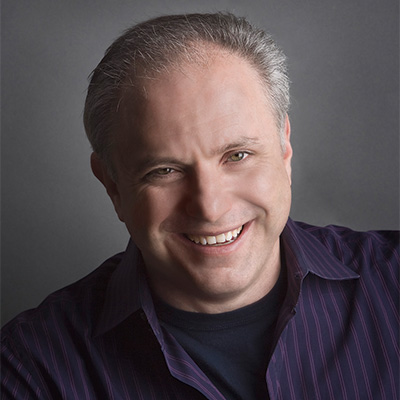
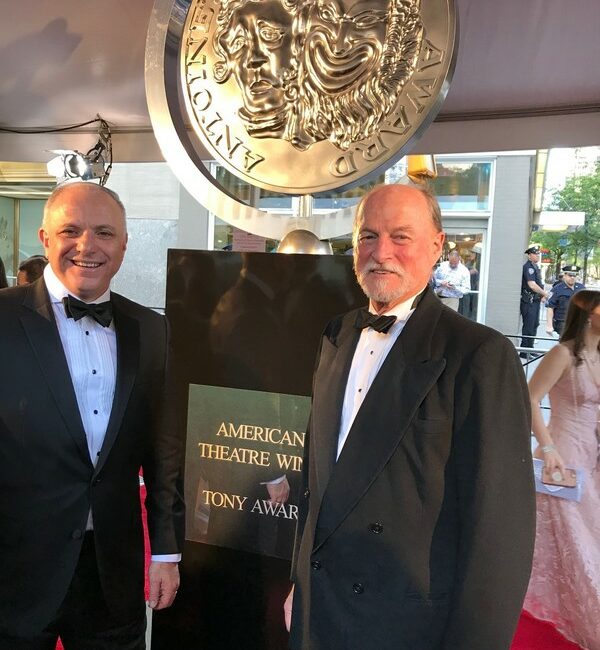
2019
At the start of TheatreWorks’ 50th Anniversary Season the company received the Regional Theatre Tony Award, a testament to the passion and imaginative spirit of many. TheatreWorks’ leadership dedicated this award to the thousands of brilliant theatre artists, fiercely committed staff and trustees, and the community of subscribers and supporters who have shared our work for half a century.
2020
Tim Bond joined TheatreWorks as its second-ever Artistic Director in July 2020. Tim is a highly respected and nationally-known director and educator with past leadership roles as Associate Artistic Director at the Oregon Shakespeare Festival, Artistic Director at Syracuse Stage, and tenured Professor of Theatre and Head of the Professional Actor Training Program at the University of Washington. Tim lead TheatreWorks through the Covid-19 pandemic, and during his tenure directed brilliant productions of August Wilson’s Gem of the Ocean and Fannie: The Music and Life of Fannie Lou Hamer. Tim stepped down in July 2023 to become Artistic Director of the renowned Oregon Shakespeare Festival.
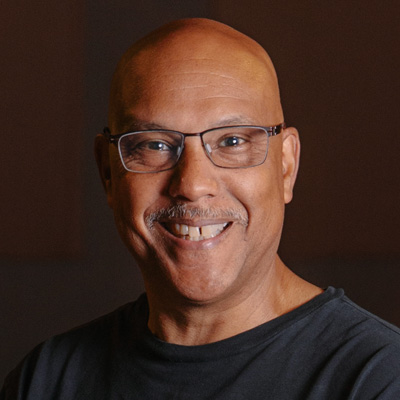
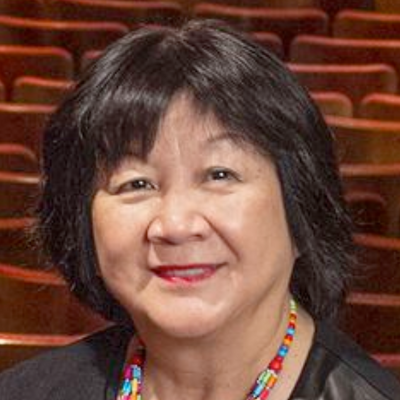
2022
In 2022, Debbie Chinn was named TheatreWorks’ new Executive Director. Debbie assumed the post November 15, replacing the outgoing Phil Santora, who concluded his 15-year tenure at TheatreWorks at the end of July.
2023
Giovanna Sardelli took the helm as TheatreWorks’ Artistic Director in July 2023, after fifteen years with the company. Prior to her current role she was TheatreWorks’ Artistic Associate and longtime Director of New Works, and has directed many celebrated productions on TheatreWorks mainstage.
Heading into our 53rd Season, TheatreWorks is one of California’s largest theatres. It offers many public services including an arts engagement programs that extend our reach beyond the stage. A pioneer in diversity programming, a welcoming home to world and regional premieres, and an acclaimed source of new works for the American stage, TheatreWorks is the nationally-acclaimed theatre of Silicon Valley.
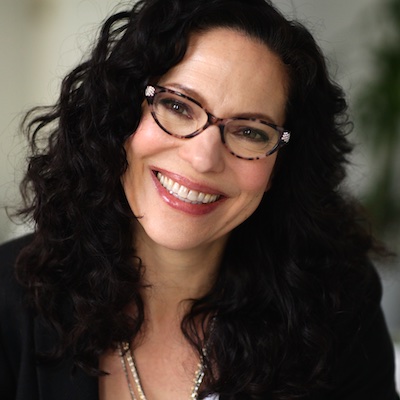
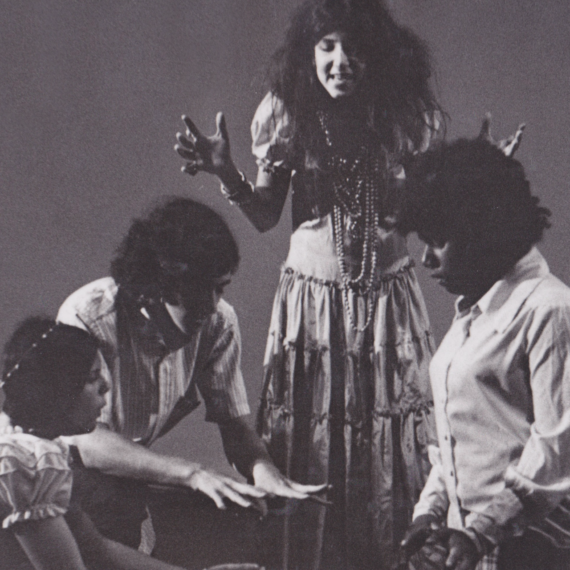
Past productions
Peruse TheatreWork’s full production history, and reminisce about your favorite productions of yesteryear.
